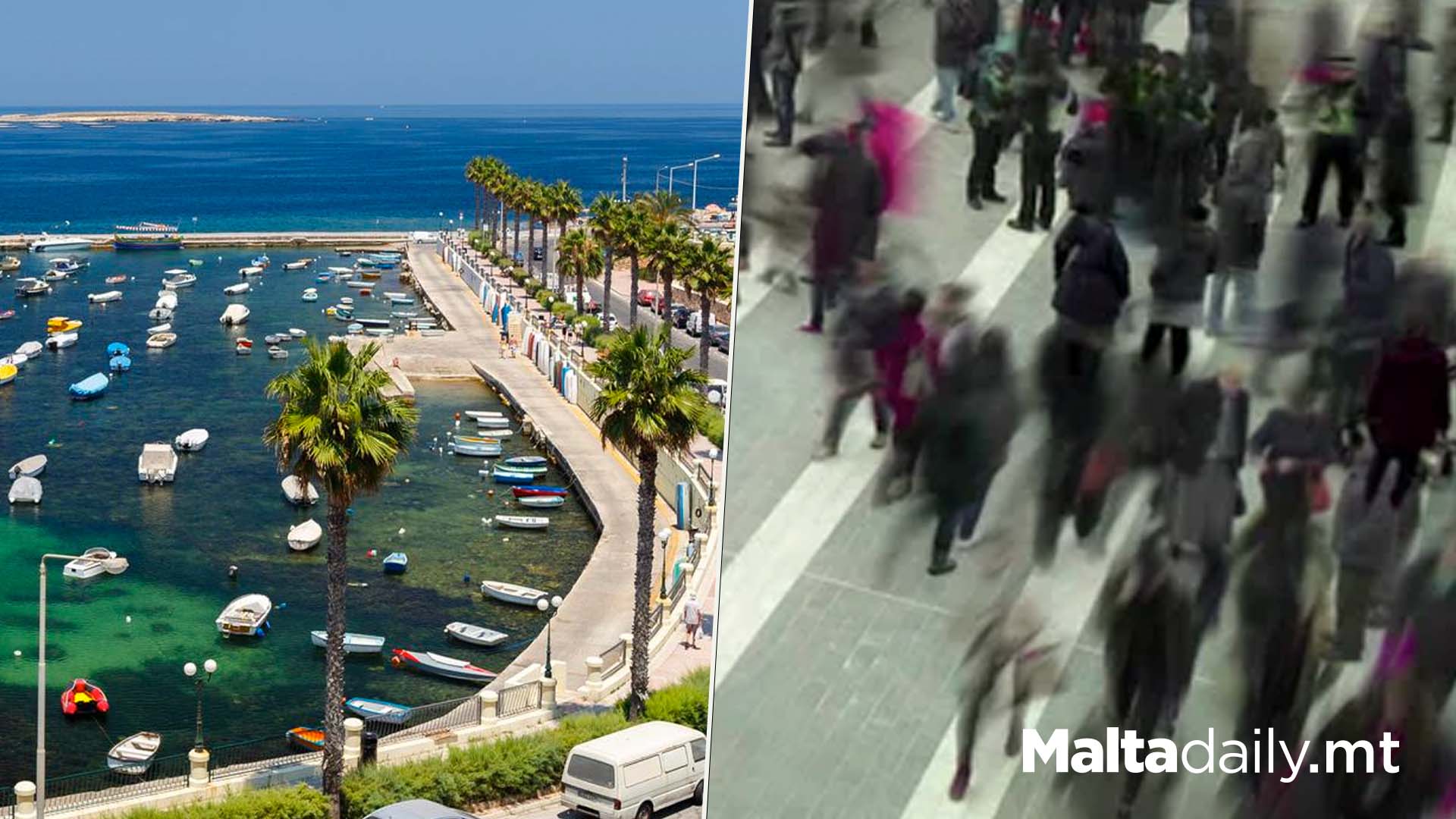60% Of St Paul’s Bay Residents Are Foreign Nationals

The recently updated identity document data provides a comprehensive overview of the population distribution of both Maltese and foreign nationals across different localities, as of September 2023.
This information, disclosed by Home Affairs Minister Byron Camilleri in response to a parliamentary inquiry by PN MP Mark Anthony Sammut, excludes Maltese children under 14 who do not possess an ID card.
As of September 2023, Malta had a population of 516,756 individuals holding identity documents, with approximately 71% (370,846 people) being Maltese nationals. The non-Maltese population is categorized into four groups: single permit residents (11.5%), European nationals (8.9%), non-EU nationals (5.9%), and British nationals with post-Brexit residency permits (1.9%).
The data highlights population variations among localities. St Paul’s Bay remains the most populated, hosting over 36,000 residents, 60% of whom are foreign nationals. Birkirkara and Mosta are the localities with the highest concentration of Maltese residents.
Furthermore, the data underscores the residential preferences of European nationals, predominantly settling in the northern harbor district, particularly Sliema, St Julian’s, Msida, and Swieqi. Non-EU residents, especially single permit holders, are concentrated in Msida and St Paul’s Bay.
The statistics also suggest that foreign workers relocating to Malta often leave their children in their home countries. The largest group of foreign individuals given permission to live and work in Malta comprises non-EU residents on the single permit, totaling 59,456 individuals, including eight under the age of 18.
These permit holders can apply for family reunification, subject to demonstrating financial capability, as outlined in Malta’s identity agency policy. The breakdown of registered Maltese teenagers by locality further complements the demographic insights provided by the data.
#MaltaDaily


